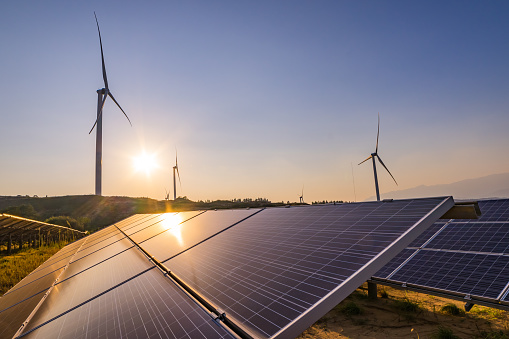NEWS ~ A real revolution in the solar panel sector
MIT researchers have created an alternative to heavy solar panels made of glass and silicon. Their new technology, thinner than a hair, is flexible, lightweight, and can be easily produced on a large scale.
Despite an accelerating development, especially because of the current energy crisis, solar panels face a major obstacle, literally. They are thick, heavy and fragile, making them difficult to install. Researchers at the Massachusetts Institute of Technology (MIT) in the U.S. have just developed ultra-thin, flexible solar panels that can be printed on any surface. They detailed their invention in the journal Small Methods.
The structure is only 2 to 3 micrometers thick. These photovoltaic cells produce 370 W/kg, and weigh 0.1 kg/m² (i.e. 37 W/m²), compared to commercial panels which produce 20 W/kg and weigh 10.7 kg/m² (i.e. 214 W/m²). They therefore weigh 100 times less than conventional panels.
Signs produced by printing:
This new solar panel is created on a plastic sheet covered with a layer of parylene that serves as an insulator and protects the structure from moisture. They then printed the photovoltaic cells using inks containing silver nanowires, tin oxide nanoparticles, and silver; the whole thing goes through several stages of oven drying. The electrodes are added by screen printing. The whole is then transferred on the final support by lamination. It should therefore be easy to create large panels, and to produce them on a large scale.
Even if the electrical production per square meter is lower than with conventional solar panels, it should be compensated by greatly reduced production and installation costs. This new technology could be used on many surfaces impossible to exploit until now, such as warehouse roofs. These cannot support the weight of conventional panels. These new solar photovoltaic cells could be sold in the form of a roll that can be simply unrolled on a roof. They could also be integrated into the sails of boats, the wings of drones and the canvas of tents.

Comments
Post a Comment